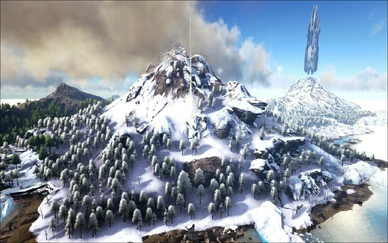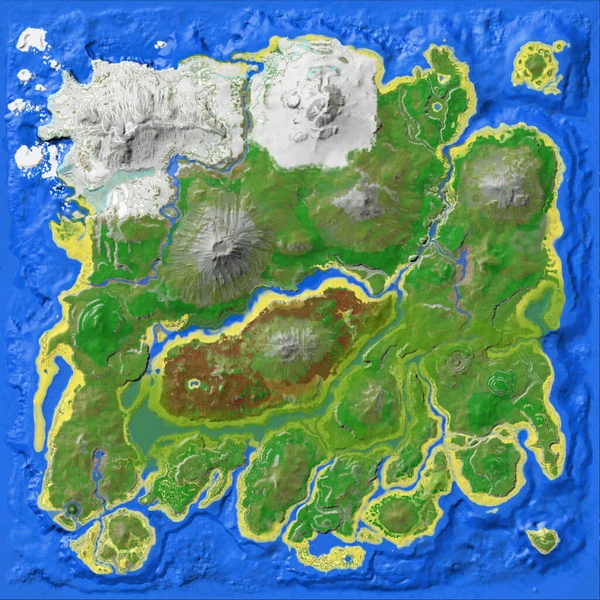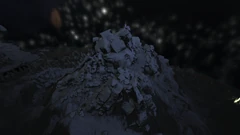Tags: Mobile edit Mobile web edit |
Will130Bot (talk | contribs) m (Updated MissingTranslations) |
||
| (7 intermediate revisions by 5 users not shown) | |||
| Line 25: | Line 25: | ||
==Resources== |
==Resources== |
||
| − | {{ItemList|Crystal|Flint|Metal|Rare Flower|Rare Mushroom |
+ | {{ItemList|Crystal|Flint|Metal|Oil|Rare Flower|Rare Mushroom|Silica Pearls|Stone}} |
==Notes== |
==Notes== |
||
| Line 32: | Line 32: | ||
==Gallery== |
==Gallery== |
||
<gallery widths="240" heights="180" mode="nolines"> |
<gallery widths="240" heights="180" mode="nolines"> |
||
| + | File:Winter'sMouthNight.png|Winter's Mouth at night |
||
| − | |||
</gallery> |
</gallery> |
||
| + | |||
{{Nav Locations}} |
{{Nav Locations}} |
||
| + | |||
| + | [[es:Boca del Invierno]] |
||
| + | [[fr:La Bouche de l'Hiver]] |
||
| + | {{MissingTranslations|de|it|ja|pl|pt-br|ru|th}} |
||
Revision as of 02:39, 2 June 2021
Winter's Mouth (previously known as Frozen Fang), is a steep, snowy mountain in the northern section of the The Island. It is part of the Snow Biome.
Overview
The most common creatures here are Argentavis and Sabertooths. Mammoth, Woolly Rhino and Direwolf roam the slopes, but are more common the closer one gets to Whitesky Peak. Rex spawns are plenty on the west side of the mountain, down the hill, leading to the river and there is a very rare chance that Spino can spawn on the river and cause an onslaught, going up the hill, leading to the mountain. However, Daeodon packs often roam any of the slopes, and a Yutyrannus and its pack of summoned Carnotaurus frequent the northern and eastern (and occasionally the western) slopes as well.
Surroundings
Together with Whitesky Peak in the west, Winter's Mouth delinates the snow biome of The Island. Southeast of the mountain is The Frozen Tooth.
Creatures
Common
 Ankylosaurus
Ankylosaurus Argentavis
Argentavis Carnotaurus
Carnotaurus Chalicotherium
Chalicotherium Daeodon
Daeodon Direwolf
Direwolf Doedicurus
Doedicurus Mammoth
Mammoth Megatherium
Megatherium Pulmonoscorpius
Pulmonoscorpius Rex
Rex Sabertooth
Sabertooth Stegosaurus
Stegosaurus Terror Bird
Terror Bird Therizinosaur
Therizinosaur Woolly Rhino
Woolly Rhino Yutyrannus
Yutyrannus
Uncommon
Rare
Resources
Notes
- Prior to v243, this region was known as the Frozen Fang and was not covered in snow. It has since been renamed to Winter's Mouth and changed to be snowy, so it now is an extension to the already-existing snow biome, the Whitesky Peak.
Gallery
| ||||||||||||||||||||||||||||||||



